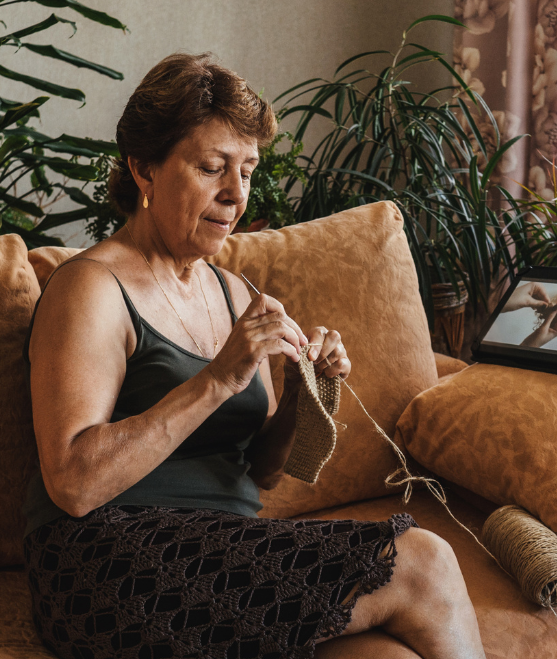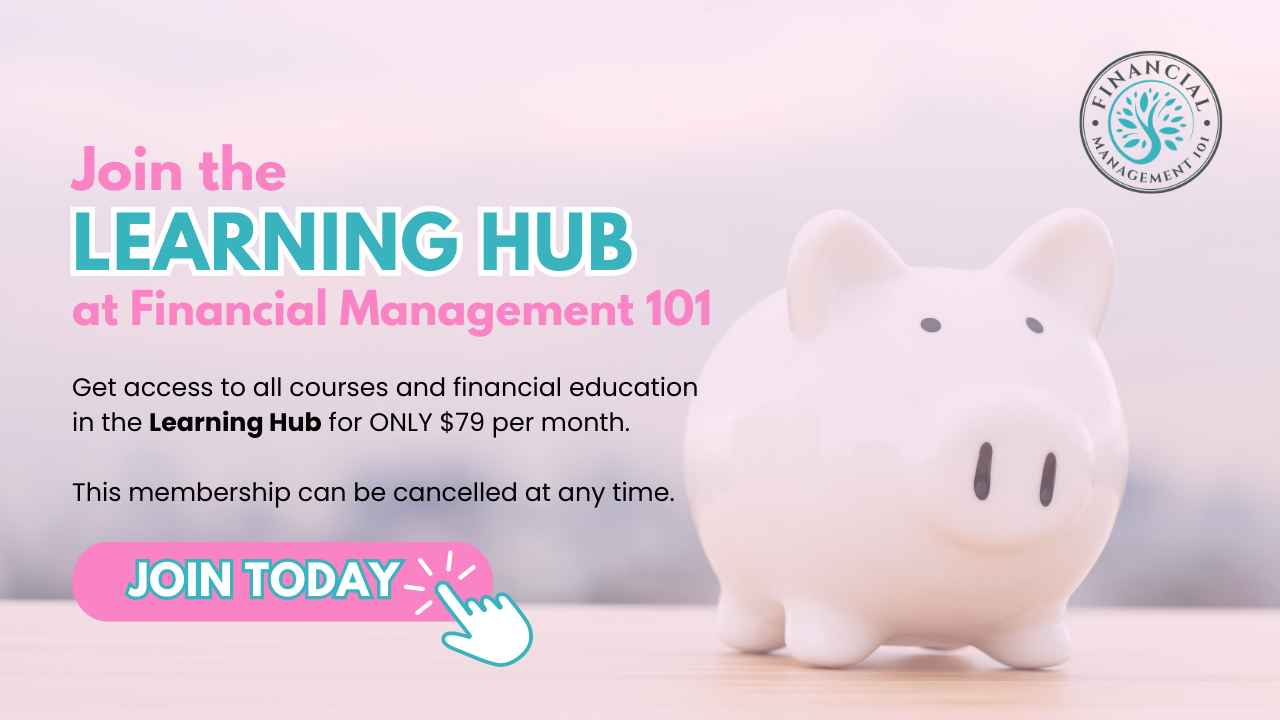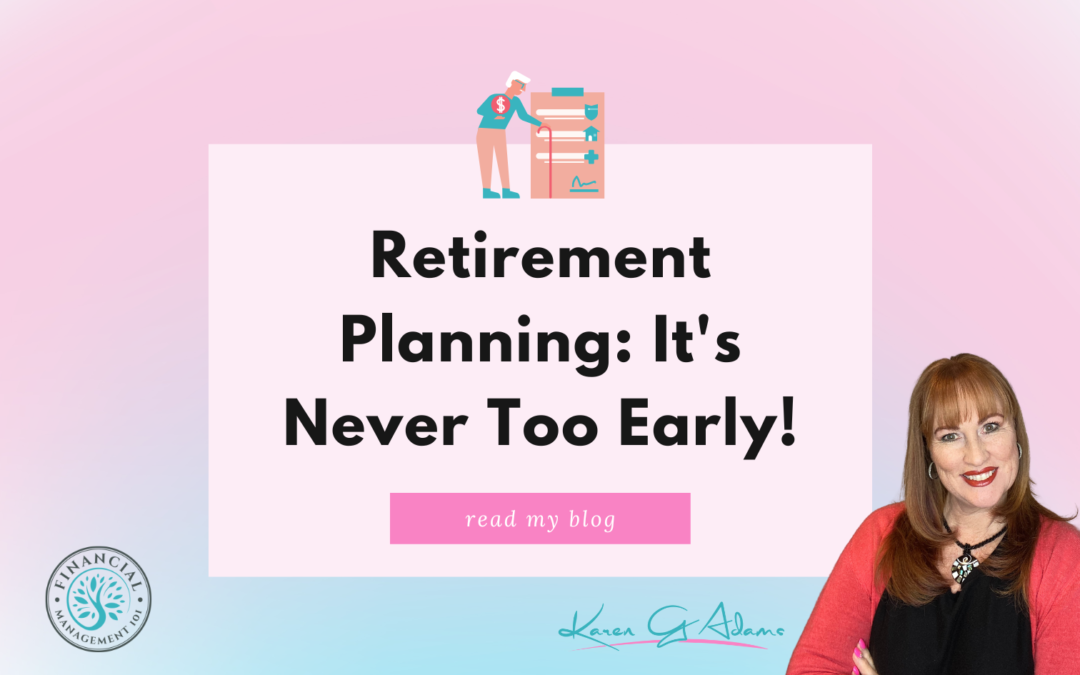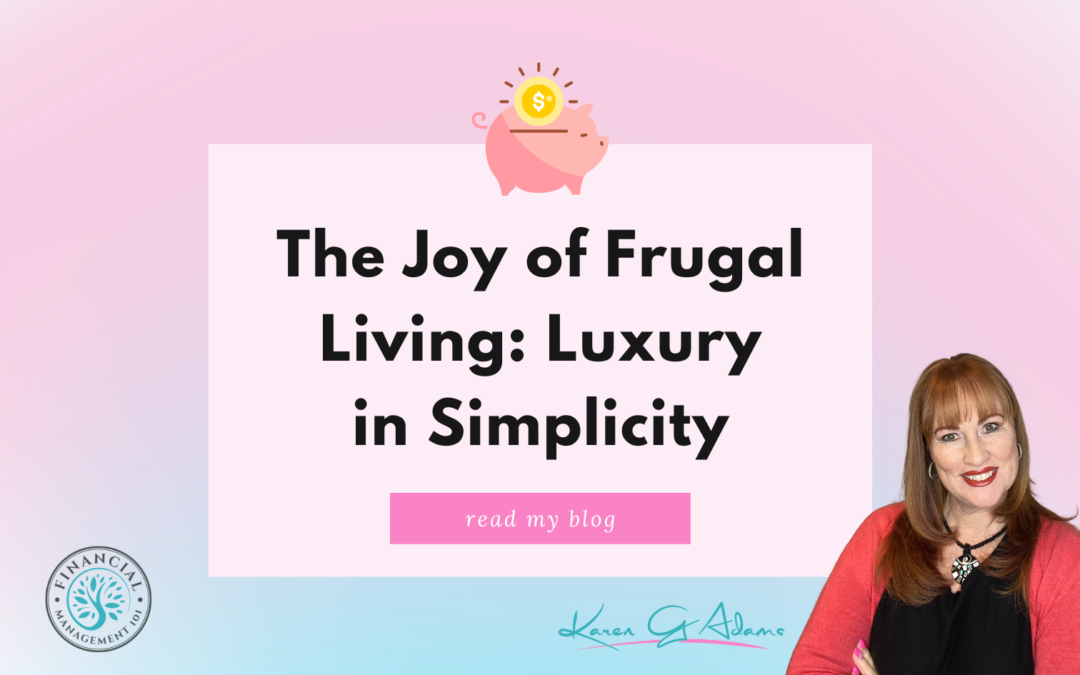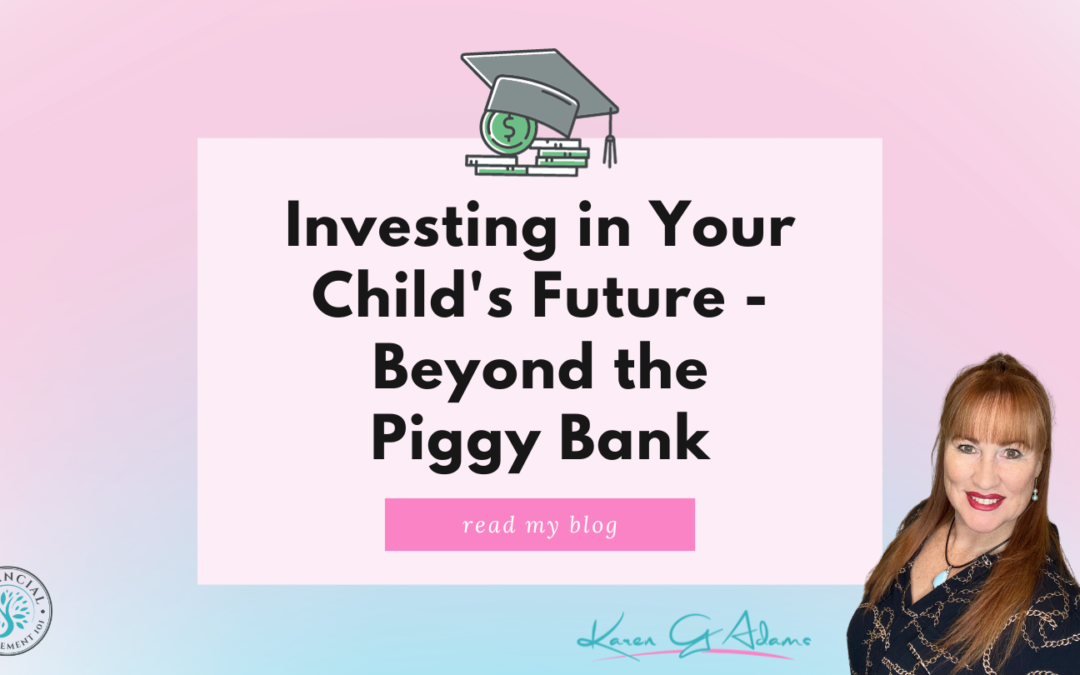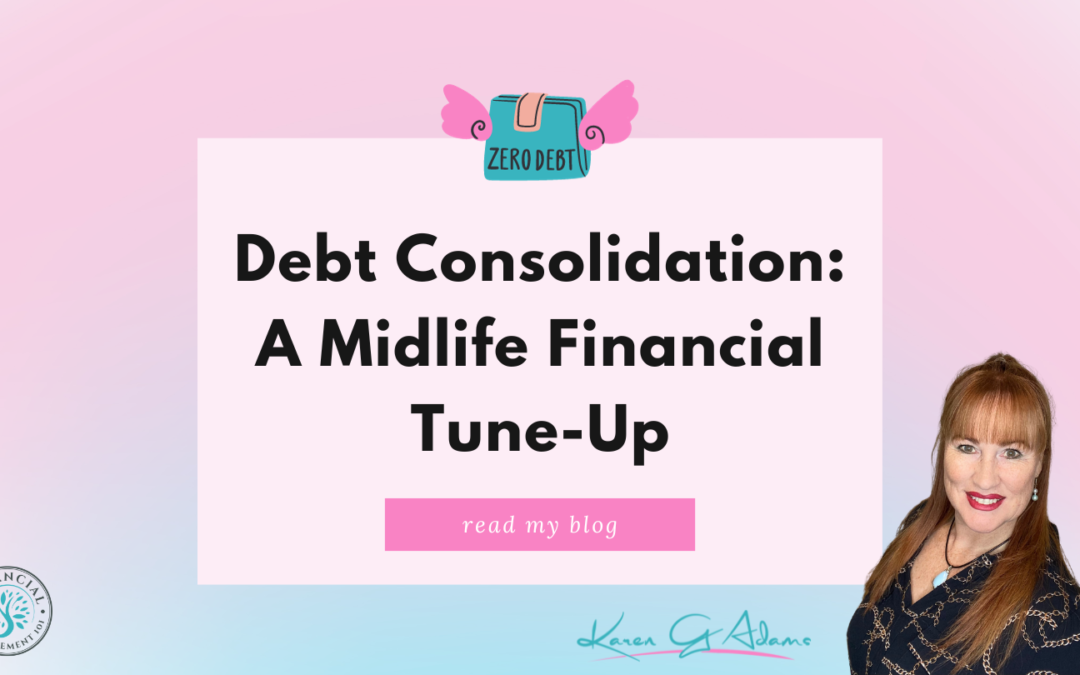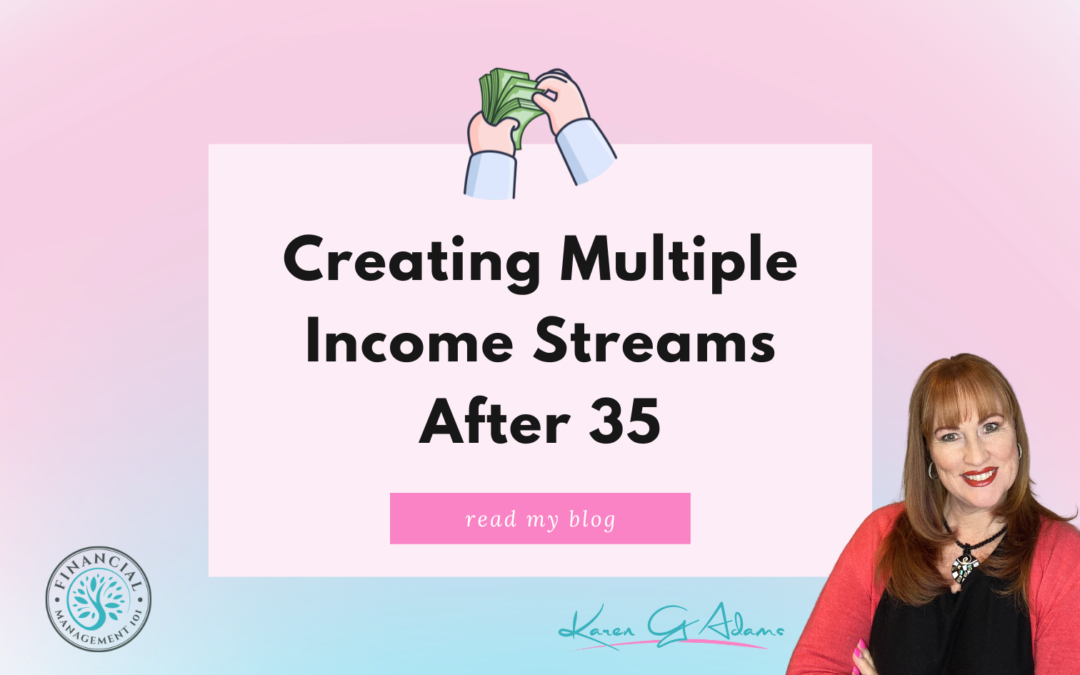
Creating Multiple Income Streams After 35
In today’s economic climate, relying solely on one source of income can be risky, particularly for people in their mid-30s to 50s. Diversifying income sources not only provides financial security, but also creates opportunities for personal and professional development. Let us look at how you can generate multiple income streams in your prime years.
1. TURN HOBBIES INTO INCOME
Many of us have interests or skills that can be monetized. Consider turning your passions, such as crafting, photography, or writing, into a side business. Online platforms make it easier than ever to sell products or services.
2. INVEST IN REAL ESTATE
Real estate investing can be a profitable way to generate passive income. This could include buying a rental property, investing in a real estate investment trust, or looking into Airbnb hosting if you have extra space.
3. DIVE INTO THE GIG COMMUNITY
The gig economy provides flexible ways to earn extra money. Freelancing, consulting, or part-time work in your area of expertise can supplement your primary income while giving you control over your schedule.
4. CREATE DIGITAL PRODUCTS
If you are an expert in a specific field, consider creating digital products such as eBooks, online courses, or webinars. Once created, these products can generate ongoing passive income with minimal effort.
5. DIVIDEND STOCKS OR MUTUAL FUNDS
Investing in dividend-paying stocks or mutual funds can generate a consistent income stream. While there are risks involved, dividends can be a relatively passive way to earn income.
6. PEER-TO-PEER LENDING
Platforms that allow peer-to-peer lending may be an alternative source of income. You can earn interest on money you lend to individuals or small businesses.
7. RENT OUT ASSETS
Consider renting out assets that you do not use on a regular basis, such as a vehicle, tools, or even a parking space. This can be an easy way to make money without a significant time investment.
8. START A BLOG OR A YOUTUBE CHANNEL
If you’re passionate about a particular subject, starting a blog or YouTube channel can be a way to earn income through advertising, sponsorships, and affiliate marketing.
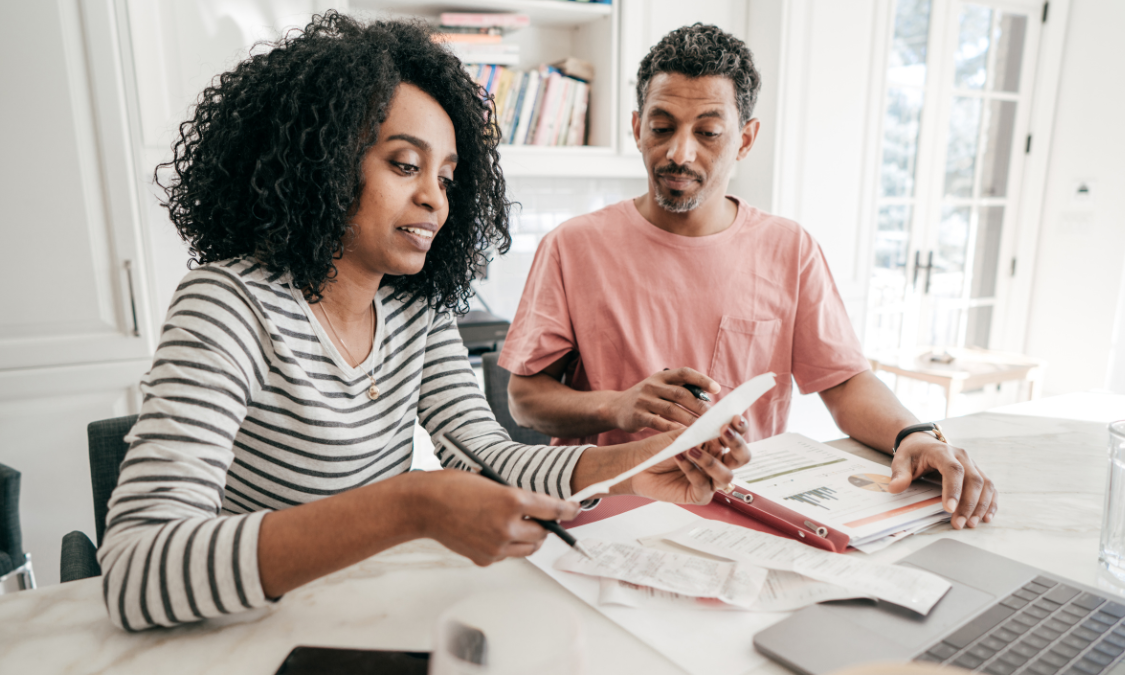
9. PLAN AND BE PATIENT
Creating multiple income streams requires time and planning. Be patient, and do not expect immediate results. Concentrate on one or two areas first, then expand as you become more comfortable and successful.
10. KEEP YOUR FINANCES IN CHECK
More income streams require more financial management. Keep track of your earnings and expenses, and consider consulting with a financial advisor to make the most of your additional income sources.
Having multiple income streams after 35 is about more than just financial security; it is about discovering new opportunities and leveraging your skills and passions. With creativity and dedication, you can create a more secure and diverse financial future.
The LEARNING HUB at Financial Management 101 aims to help you gain more financial knowledge, while providing you with the support and help you need. Join the Learning Hub today for only $79 per month.

